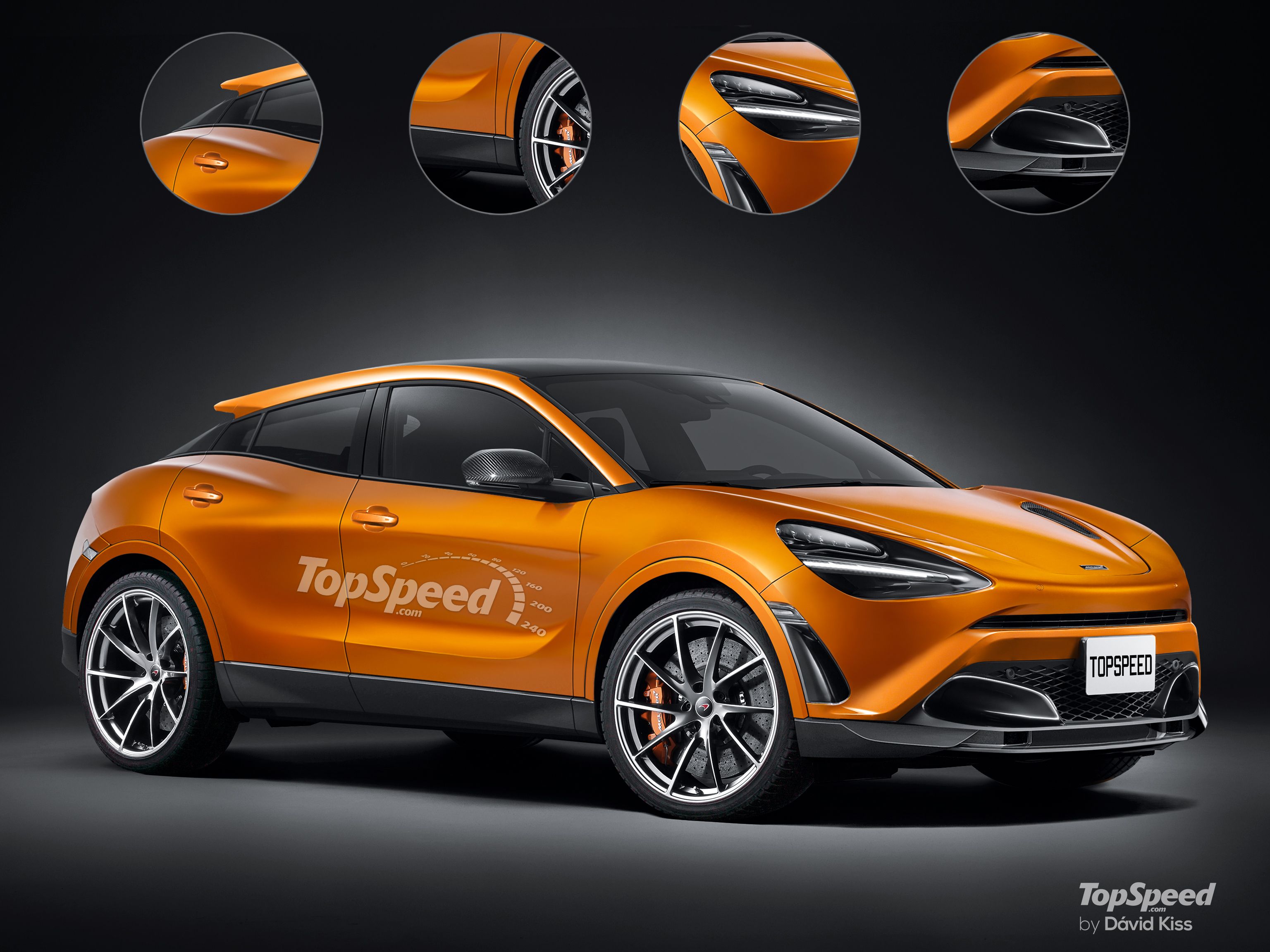It’s true that the addition of one or more SUVs/crossovers to their lineups has saved a handful of carmakers. Porsche is the best example here, as it can still make the wonderful 911 due to the likes of Cayenne and Macan. For others, SUVs just boosted sales to new heights. Lamborghini is the best example here, as it now sells as many Urus SUVs as it does Huracans and Aventadors combined.
The list can go on. Aston Martin hopes the DBX will rake in huge profits, Bentley has the Bentayga, Rolls-Royce the Cullinan and Ferrari’s gearing up to launch its first-ever high-riding vehicle. McLaren, however, has no such plans. In fact, CEO Mike Flewitt spoke to Car Magazine and made it clear that “there’s no desire to expand from supercars into SUVs or go for rapid sales growth.”
“Our brand is completely grounded in motorsport, supercars and drivers’ cars. It is way too early to be stretching the brand into other areas and trying to give brand credibility to a product that clearly has nothing to do with our history.”
So there’s that. Of course, McLaren isn’t blind to innovation and new technologies. That’s why the company plans to go down the high-performance hybrid powertrain route. It is also working on a new platform bound to replace the P11 carbon-fiber architecture debuted by the MP4-12 and the whole hybrid thing won’t be just for the sake of lowering emissions, Mr. Flewitt explains:
“I’m honest enough to say we only hybridise cars to meet environmental legislation to stay compliant, but we have managed to harness the technology to make a more exciting car with better attributes to it, so it makes sense.”
What’s more, the new platform will become a go-to inside the brand, as McLaren plans to trickle it down to the Sports Series, Super Series, and to its GT as well. Details are scarce for now, but we’ll tell you this: McLaren found a way to keep weight in check, so the whole PHEV setup won’t add more than 30-40 kilos (66-88 pounds) to the car’s hips. Color us intrigued.

